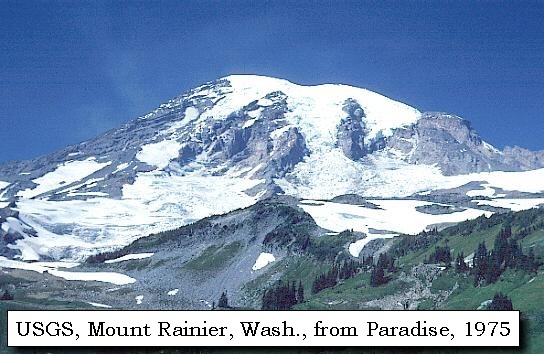
National Geographic photographer James Balog has spent years documenting the melting of Earth's glaciers. His stunning film Chasing Ice uses time-lapse cameras to "compress years into seconds and capture ancient mountains of ice in motion as they disappear at a breathtaking rate." Chasing Ice will be on video and in education versions this fall. For Earth Science Week October 13-19, connect the film to climate change activities at Howtosmile.org.
In Mini Glacier Meltdown, learners design their own experiment using frozen "glaciers," bricks, and energy sources (fans and lights) to test how different conditions affect the rate of glacial melting—with surprising results. In Global Climate Change and Sea Level Rise, learners investigate why the melting of ice formations on land, not on water, will cause a rise in sea level. In the spirit of Earth Science Week's theme "Mapping Our World," Mapping Sea Level Rise has learners create and explore topographical maps, and use everyday materials like ice and a potato to examine the difference between glaciers and sea ice, in relation to sea level rise.
These and many other activities in Howtosmile.org's Climate topic section are aligned with the seven Climate Literacy principles. Climate science literacy is an understanding of the climate's influence on you and society and your influence on climate. The principles are:
1. The sun is the primary source of energy for Earth's climate system.
2. Climate is regulated by complex interactions among components of the Earth system.
3. Life on Earth depends on, is shaped by, and affects climate.
4. Climate varies over space and time through both natural and man-made processes.
5. Our understanding of the climate system is improved through observations, theoretical studies and modeling.
6. Human activities are impacting the climate system.
7. Climate change will have consequences for the Earth system and human lives.
